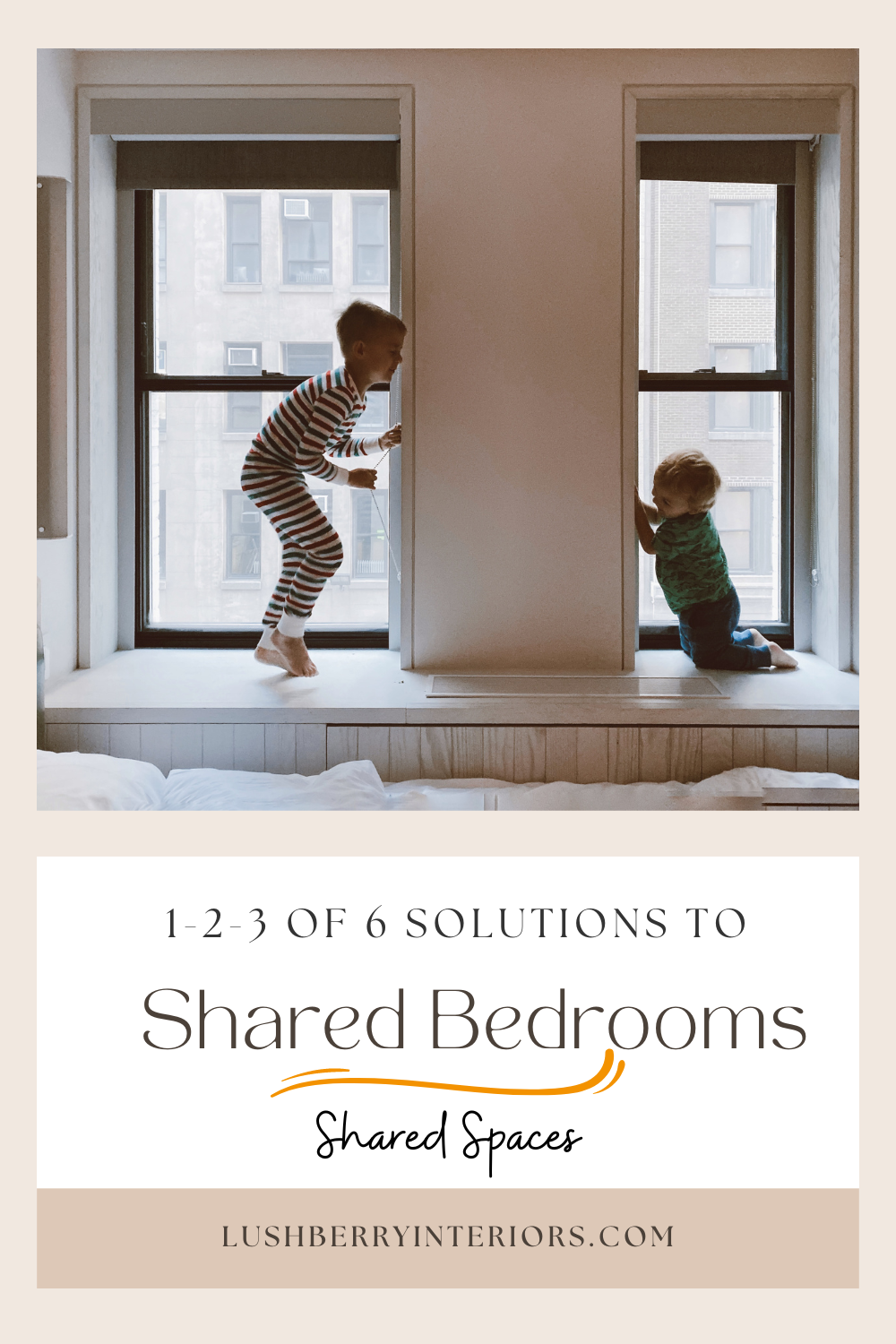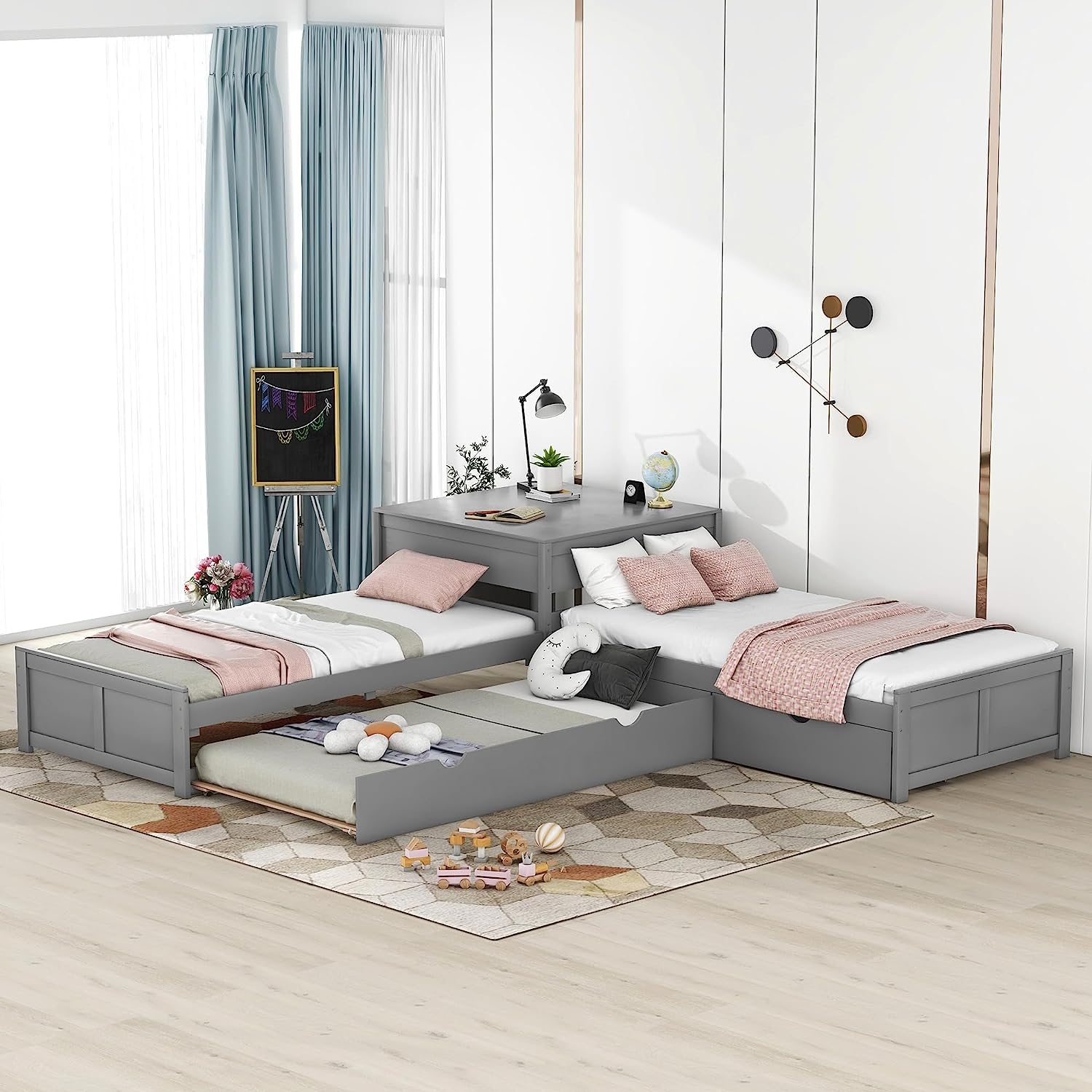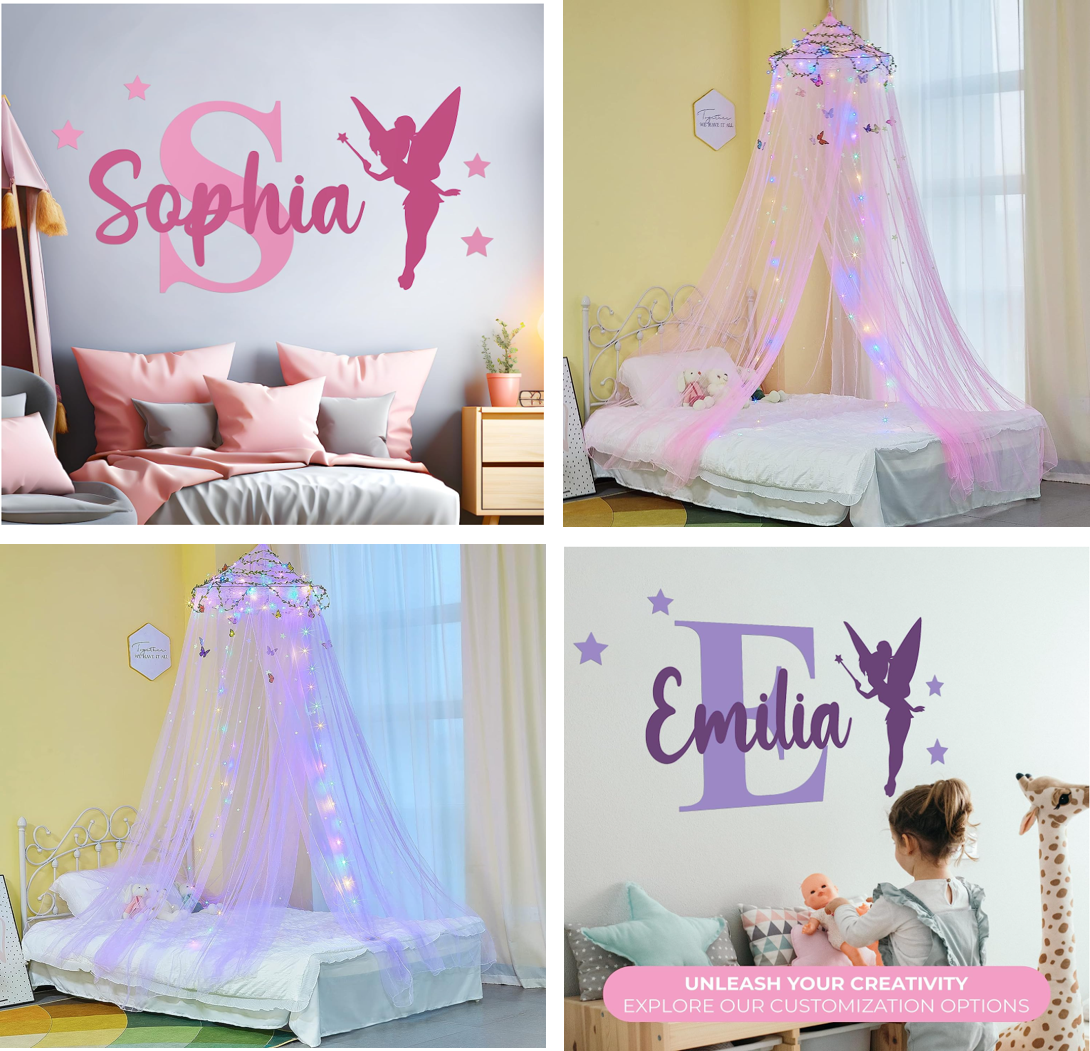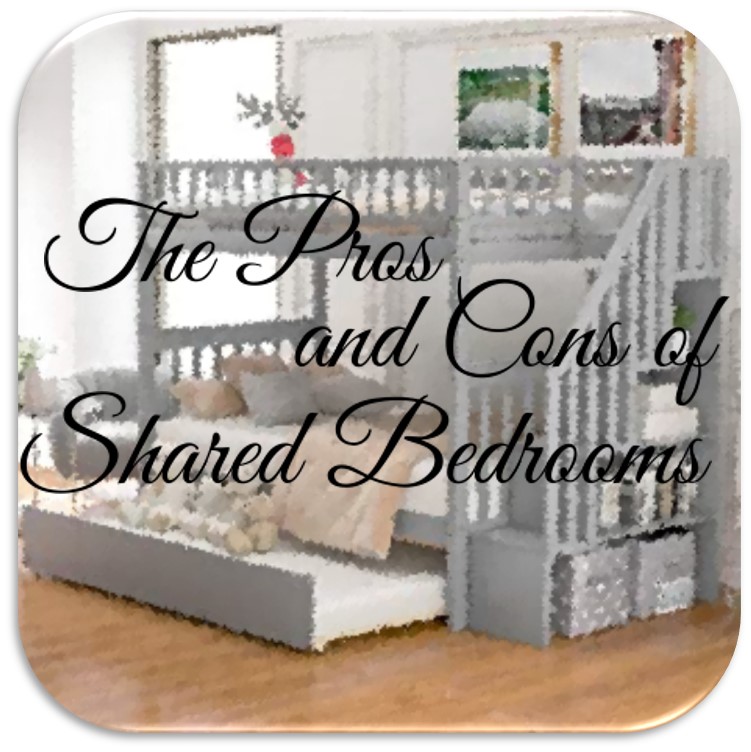- Home
- Shared bedroom Solutions 1-2-3
Does having shared bedrooms for your kids make you feel guilty? Don't quite know how to decorate one space for two individuals?
The solutions to decorating shared bedrooms are easy and manifold. As to guilt...this is a great way for the kids to bond and also learn to adapt.
(We have included third party products with the goal to help you navigate the web easily so you can focus on what matters to you. Purchases made through links on this page may earn us a commission.)
So far all our decorating ideas have focused on your one baby, toddler, tween or teen. As you can see discussing the details with your child and involving him in the decorating project is an easy way to ensure that he gets a room he likes.
But what if you have more than one kid (as most of us do)? Do you feel guilty about making your kids share a room? Perhaps you think that each child deserves his own space and privacy and that is best achieved in separate rooms.
Perhaps your kids are too far apart in age (or of different genders) and you worry about their reaction to sharing a room. Then again, you may be blessed with twins or more (heaven help you!!) and you need to make space for them.
Decorating shared bedrooms is surprisingly easier than you realize. You have to follow the same basic principles of decorating that you would for the one kid. There are, of course, a few space challenges and perhaps some negotiation skill tests on the way. But it is totally achievable…and you might be surprised by the pot of gold at the end of this particular rainbow.
1. Test your Negotiating Skills
As with any other bedroom decorating plans, you need to get the input of the inmates. Talk to each kid separately about his or her likes and dislikes, favorite colors, choice of themes etc.
At the same time, ask each about the others ideas. This helps the child understand that he has to keep in mind his sibling’s choices too.
Why should you talk separately to each? So that the quieter one’s ideas are not overshadowed by the bolder one’s. The kids should realize that if they are unable to compromise, your decision will be final.
Read More...Unique Cribs and Toddler Beds
2. Personal and Shared Zones in Shared Bedrooms
As you work out the activities to be conducted in these shared bedrooms, remember to etch out personal zone for each individual along with the zone for shared activities.
Thus the bed, study desk and chair, dresser, can be personalized for each child, while the play area, book shelf, window seat will be open to both.This is just as important when creating a shared room for toddler and baby (even though the baby does not understand the difference).
When the space is truly limited, adding a canopy to each bed, gives each child a little private space of their own.
The Pros and Cons of Shared Bedrooms
Parents today worry excessively about giving their child or children the privacy and comfort of their own bedrooms. And yet, sharing a bedroom during the growing years brings unexpected advantages.
Take the time to understand the pros and cons of shared bedrooms. You will be surprised at what you learn here.
3. Clashing Color Scheme
The most common problem when sharing a room is choosing the wall colors. You must ask both for the color each would like. You have the option of painting two walls one color and the other two another.
You could also decide to paint the two colors horizontally with the bottom half being one color and the upper half another in the shared bedrooms (this works best if you are planning a bunk bed in the room).
Do you feel the colors picked by the two will look terrible together? Don’t despair. Try any of these solutions:
a> Work out a compromise
Suggest a third color that both can accept. Most children have more than one favorite colors. Younger kids are more open to suggestions.
If you have a fair idea of the colors they will like and which will go well together, suggest it. If possible, show them pictures of how the two colors would look together. A visual aide helps the children ‘see’ what you mean.
b> Choose the Palest Hues
Every color has a multitude of shades and hues. Get the paint cards of the colors each have selected. Find the pale hues in each palette. Put them together to achieve the visual effect it will have in the shared bedrooms.
For example, blue and orange might sound too harsh together, but sky blue and pale orange would not clash as much.
c> Find a middle Neutral Color
Some don’t like painting two walls each with different colors. A neutral color that goes well with both the colors can be used as a medium.
For example, paint vertical stripes alternating the pale orange with pale sage green on two walls and the soft blue with the same sage green on the other two walls.
The subtle difference helps each kid have his preference with a harmonized overall look.
d> Get Creative
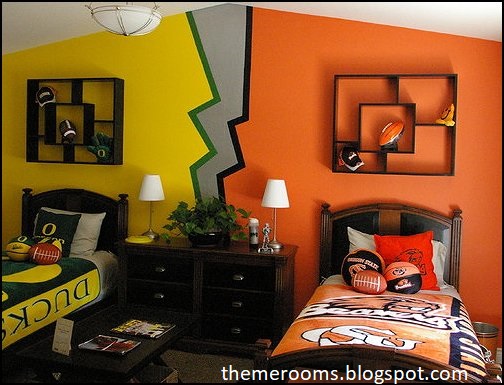 Get creative with your shared bedrooms
Get creative with your shared bedroomsPinterest is a great inspiration for many such fun and creative ways of making a shared space look like it was meant to be.
Another fun way to achieve harmony and yet allow the individual colors to show. How about a neutral color on the walls…the sage green, with stenciled decorations of their preferred themes on their sections of the walls in their favorite colors?
Say orange flowers stenciled on your daughter’s side of the room and blue cars silhouetted on your son’s side? Or mermaids for your daughter and pirates for your son - or vice versa, of course.
Wait! There's more.
What if both kids like the same colors? How would you create separate zones for them? Read on to find out...
More Shared Bedrooms
Two Boys One Room
Boy and Girl in One Room
Teen and Toddler Together
Return from Shared Bedrooms to Decor Mom's Home Page

Hello, I am Richa - mom of 2 college kids (yikes) and 2 forever toddler fur babies - and I have the super mom-power of finding what my kids just cannot!
I am super excited to see you here. I enjoy interior designing so much I went back to study it. Now armed with knowledge, passion and a vision to make 'happy homes', I hope this site will give you all the tools you need to make your kid's room happy too. Read More...

